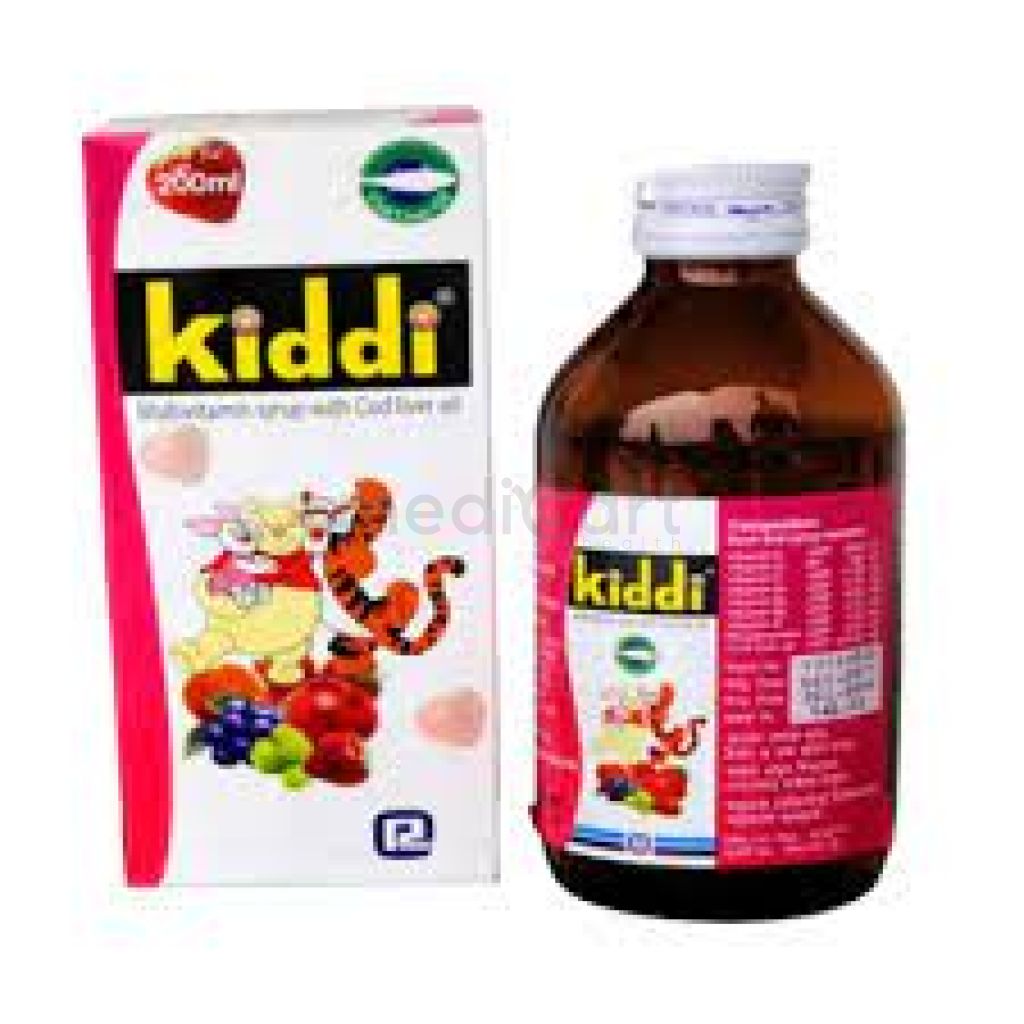

GALVUS MET - 50 MG
Tablet* Delivery will be done in Dhaka city only.
More Information About - GALVUS MET - 50 MG
Description
Generic Name
Metformin Hydrochloride + Vildagliptin
Precaution
Lactic acidosis can occur due to Metformin accumulation. If metabolic acidosis is suspected, treatment should be discontinued and the patient should be hospitalized immediately. Patients with renal impairment & hepatic impairment. Serum creatinine should be monitored at least once a year in patients with normal renal function and 2?4 times a year in patients with serum creatinine levels at the upper limit of normal and in elderly patients. Special caution should be exercised in elderly patients where renal function may become impaired (e.g. when initiating antihypertensives, diuretics or NSAIDs). It is recommended that Liver Function Tests (LFTs) are monitored prior to initiation of this drug, at three-monthly intervals in the first year and periodically thereafter.
Indication
Type 2 DM
Contra Indication
This combination is contraindicated in patients with known hypersensitivity to Vildagliptin or Metformin Hydrochloride or to any of the excipients. It is contraindicated in patients with renal disease or renal dysfunction, acute myocardial infarction, and septicaemia. It is also contraindicated in patients with congestive heart failure patients and in patients with acute or chronic metabolic acidosis, including diabetic ketoacidosis, with or without coma. It should be temporarily discontinued in patients undergoing radiologic studies involving intravascular administration of iodinated contrast materials, because use of such products may result in acute alteration of renal function.
Dose
N/A
Side Effect
Hypoglycaemia, delayed gastric emptying, nausea and vomiting. Flu-like symptoms, headache and dizziness may occur. Potentially Fatal: Stevens-Johnson syndrome.
Pregnancy Category
Name : Not Classified
Description
FDA has not yet classified the drug into a specified pregnancy category.Mode of Action
Metformin: Biguanide; acts by decreasing endogenous hepatic glucose production, decreases intestinal absorption of glucose, and improves insulin sensitivity by increasing peripheral glucose uptake and utilization; improves glucose tolerance and lowers both basal and postprandial plasma glucose . Vildagliptin is a dipeptidylpeptidase-4 (DPP-4) inhibitor that improves glycaemic control by preventing DPP-4 from inactivating the incretin hormones glucagon-like peptide-1 and glucose-dependent insulinotropic polypeptide, thus prolonging incretin activity in response to ingestion of nutrients. This increases insulin sensitivity, decreases glucagon secretion and improves ?-cell function.
Interaction
Additive effect w/ sulfonylureas. Thiazide diuretics, corticosteroids, phenothiazines, OC, sympathomimetics, niacin, Ca channel blockers and isoniazid may exacerbate loss of glycaemic control. ACE inhibitors may reduce fasting blood glucose concentrations. May increase serum level w/ cimetidine. Potentially Fatal: Concurrent use w/ iodinated contrast agents may increase the risk of metformin-induced lactic acidosis.
Pregnancy Category Note
N/A
Adult Dose
Oral Type 2 DM Adults: Based on the patient's current dose of Metformin, Combination of Vildagliptin & Metformin may be initiated at either 50 mg/500 mg or 50 mg/850 mg twice daily, 1 tab in the morning and the other in the evening. The recommended maximum daily dose is 100 mg Vildagliptin plus 2000 mg Metformin HCl. Patients receiving Vildagliptin and Metformin from separate tablets may be switched to Combination of Vildagliptin & Metformin containing the same doses of each component. Hepatic impairment: This combination is not recommended in patients with hepatic impairment including patients with a pre-treatment ALT or AST >3 X the upper limit of normal.
Child Dose
Not recommended in patients <18 years of age
Renal Dose
Renal impairment: This combination should not be used in patients with renal failure or renal dysfunction, e.g. serum creatinine levels > 1.5 mg/dL (>135 micro mol/L) in males and > 1.4 mg/dL (>110 micro mol/L) in females.
Administration
Should be taken with or just after food.
Disclaimer
The information provided herein are for informational purposes only and not intended to be a substitute for professional medical advice, diagnosis, or treatment. Please note that this information should not be treated as a replacement for physical medical consultation or advice. Great effort has been placed to provide accurate and comprehensive data. However, Medicart along with its authors and editors make no representations or warranties and specifically disclaim all liability for any medical information provided on the site. The absence of any information and/or warning to any drug shall not be considered and assumed as an implied assurance of the Company.







